Our world is filled with so much goodness that many of us tend to overlook and forget.
This taints our perception of a lot of things, and we sometimes end up focusing on negative thoughts even if we don’t mean to. Hence why it’s important that we open our eyes to the positive things that our world offers – from the beauty of God’s creation to the small acts of kindness to our neighbours.
The same can be said about Catholicism. As the biggest branch of Christianity in the world, Catholicism has always been front and centre in news relating to religion.
Our Catholic community now stands on new ground — one that is fresh and ever-evolving to suit our times, but nonetheless one that also remembers its foundations and continues the good that it has done for the world over hundreds and thousands of years.
In Australia alone, the breadth and depth of the Catholic community has impacted the lives of many people in a variety of ways — whether they realise it or not.
Comprising 22.6% of the Australian population today, since the early 1800’s Catholics have contributed to improving education, helping the sick and elderly, supporting the disadvantaged and vulnerable, and building communities that strengthen our sense of belonging across the country.
It’s these contributions that tend to be overlooked, but they shouldn’t. If we keep ourselves conscious of the good work of our fellow Catholics, we will not only have a greater appreciation of our faith, but we’ll also be reminded to do our part in spreading positivity, sharing the Good News, and working for the common good and dignity for all.
Focused on education
Catholic schools have been in Australia for nearly 200 years and are a vital part of our country’s educational landscape.
The history books report that approximately ten Catholic schools existed by the year 1833 within Australia. Up until the 1860’s, Catholic schools received partial government financial assistance, under a variety of schemes, but this wasn’t the case for much longer. In the late 1800’s, each Australian state passed an act which saw the removal of government aid to schools of faith.
This was a turning point in our history, not only for the many students and families seeking a Catholic education, but also for the communities who were soon to call Australia home.
The leaders of the Church in Australia at that time, determined it was important to continue and preserve Catholic education, proceeding with no money to pay teachers in extremely difficult circumstances. It was at this time that an appeal took place aimed at religious orders in Ireland and part of Europe, inviting brothers and sisters to respond to the crisis.
From here, the development of many schools and colleges we know today, grew to be what they are, thanks to the dedication and determination of many Catholic bodies including the Jesuits, Sisters of Good Samaritan, Christian Brothers, Sisters of Charity, Sisters of Mercy, Domenican Sisters, Marist Brothers, Sisters of Saint Joseph and many others who placed the utmost important on the education of future generations.
Today, the National Catholic Education Commission (NCEC) records a total of 1,751 Catholic schools across the country, which educate more than 768,000 students and employ over 98,000 staff, both teaching and non-teaching. This makes Catholic schools Australia’s largest non-government education provider, with one in five Australian students a product of the Catholic education sector.
The Catholic school system remains holistic and balanced, with the religious influence encouraging school leaders to focus their attention and ensure that each student is led in a direction where they can find identity, purpose, and connection to the community and humanitarian values.
Values like peace and compassion are taught and demonstrated, not only by word, but also by action. In line with Catholic values there is no discrimination, so schools are able to offer affordable education, practice religious freedom, and remain inclusive, welcoming students from all backgrounds, including the disadvantaged.
The 2019 report by NCEC highlights that:
- 34% of students in Catholic schools are non-Catholic
- 40% of Catholic schools are outside major metropolitan areas (i.e. indigenous schools, boarding schools, sole-provider schools)
- Catholic schools have growing proportions of Aboriginal and Torres Strait Islander students, as well as students with disabilities.
From humble beginnings in primary schools, to the establishment of colleges and more recently world-renowned tertiary institutions, the pursuit of knowledge harnessed by the laity and clergy that built our foundations 200 years ago, remains strong, relevant and ever-growing even today. Catholicism has and will continue to impact Australian education so that many families can provide their children with quality, holistic education that will help them grow to become compassionate, altruistic, and skilled professionals in the future.
Helping the sick, the elderly, and the disabled
We have all experienced or witnessed having to care for our loved ones through illness, injury, disability or in later years of life.
While we live in the ‘lucky country’ where health and wellbeing are valued by our governing bodies, the Catholic faith takes it further and bases its care for people on a foundation of love and respect for the inherent dignity of every human being, whether they be sick, frail, aged or disabled.
Catholic Health Australia (CHA) is the largest non-government provider grouping of health, community and aged care services in Australia, accounts for around 10% of public and private not-for-profit hospital based healthcare in the country. By continuing to provide ‘the healing care of the hands of Jesus’, CHA has extended its support for the sick, the disabled, and the elderly by providing the services they need to live healthier and fuller lives:
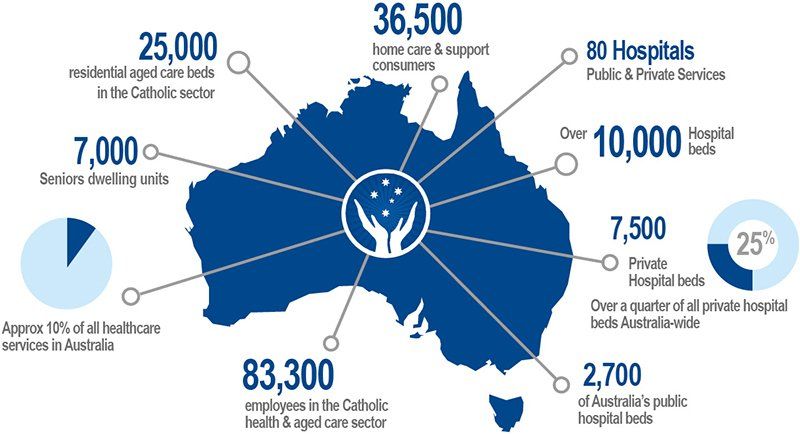
As the second largest provider of health, community and aged care services, Catholic health organisations across Australia have put their efforts into ensuring each individual can live safely while away from their home, where they receive the proper care and attention that they need.
While medical advancements continue to take place, these organisations have had to balance their mission and duty of care with strong ethical standards that keep the dignity of each individual and sacredness of life at the core. As a ministry of the Catholic Church, their work is inspired by the person and mission of Christ, who embraced the world with compassion to bring justice and healing.
If it weren’t for the Sisters of Charity, the Missionary Sisters of the Sacred Heart, Mary Aikenhead Ministries, the Sisters of Mercy, St John of God Sisters and the many other diocesan agencies, organisations, communities and individuals of faith on whom much of the development and expansion of healthcare was dependant on, the Catholic hospitals which we so readily know and rely on today would be questions of existence.
Supporting the disadvantaged and vulnerable
One of the principles in Catholic Social Teaching relates to the preferential option for the poor and vulnerable. It explores how it is the Church’s mission to help the needy in ways that are consistent with the sacrificial love and compassion that Christ extended to all of us.
Throughout our history, Catholic organisations in Australia have been supporting the needy and the vulnerable through a variety of charities and social services. These aim to empower individuals and help them find ways to live better lives; ultimately an expression of our Catholic faith.
By the late 1800’s, in rapidly developing NSW, many orders of Nuns, or “sisterhoods” as they were called, were operating at extreme paces with “five hospitals, including a women’s psychiatric hospital and a hospice; seven orphanages; a foundling hospital; a residential school for deaf children; three industrial schools; a servants’ home and training school; a home for the aged poor and a women’s night refuge. The Sisters also undertook non-institutionally based work with immigrants; the sick poor in their homes; hospital patients; prisoners; the inmates of government aged asylums and girls in the Government Reformatory and Industrial School.” (Lesley Hughes, Catholic Sisters and Australian social welfare history, ACR 87 (2010))
Their breadth and willingness to care for those in need, served as the foundation for many of the notable charities and not-for-profit social organisations we know today.
Sacred Heart Mission (or ‘the Mission’), one of CDF’s biggest social services clients, has helped thousands of people across Victoria who are experiencing homelessness, assisting them to rebuild their lives.
The Mission was established in 1982 to share a meal with the vulnerable, and has since evolved into a not-for-profit that delivers a myriad of programs and facilities specifically for these groups, some of which CDF has helped turn into reality, such as aged care facilities, Women’s House (for women who have experienced abuse), and a hands-on health clinic.
VincentCare, another client of CDF, has extended its Christian mission to support and advocate for the homeless and the disadvantaged since its inception in 2003.
Established by the Society of St. Vincent de Paul, VincentCare has launched many programs that focus on providing well-developed accommodation to those experiencing homelessness, but also integrate the promotion of health and wellbeing, education, employment, living skills, and social connectivity to empower them and guide them so they can transition out of homelessness and disadvantage.
The history and roots of our faith reminds us that the disadvantaged and vulnerable are no less human than any of us, and they must be treated with the same respect and dignity that even the most fortunate receive.
Given the wealth gap in Australia continues to widen, we as Catholics in a modern society are called to do our part in helping the disadvantaged and vulnerable, now more than ever.
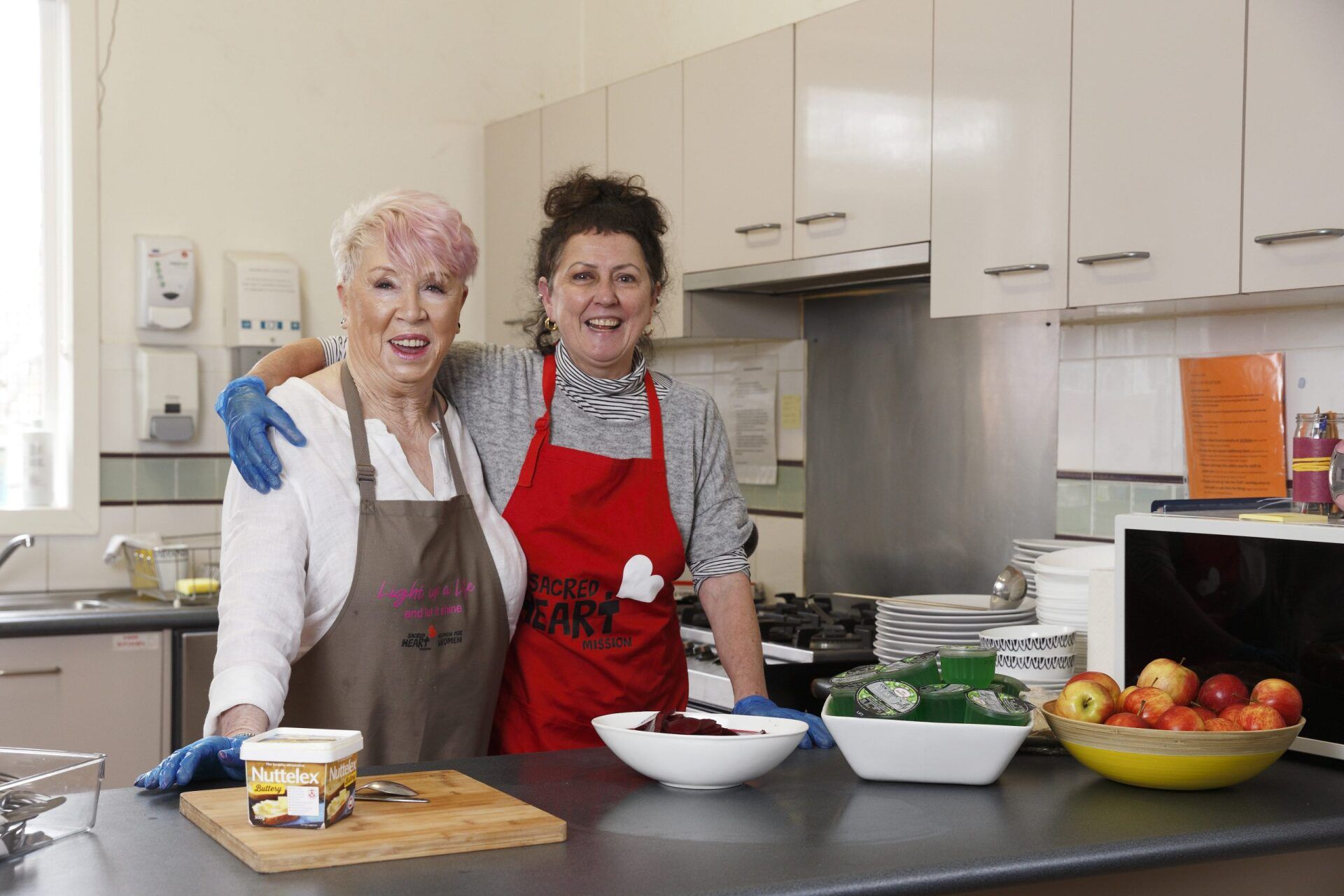
Slide title
Write your caption hereButton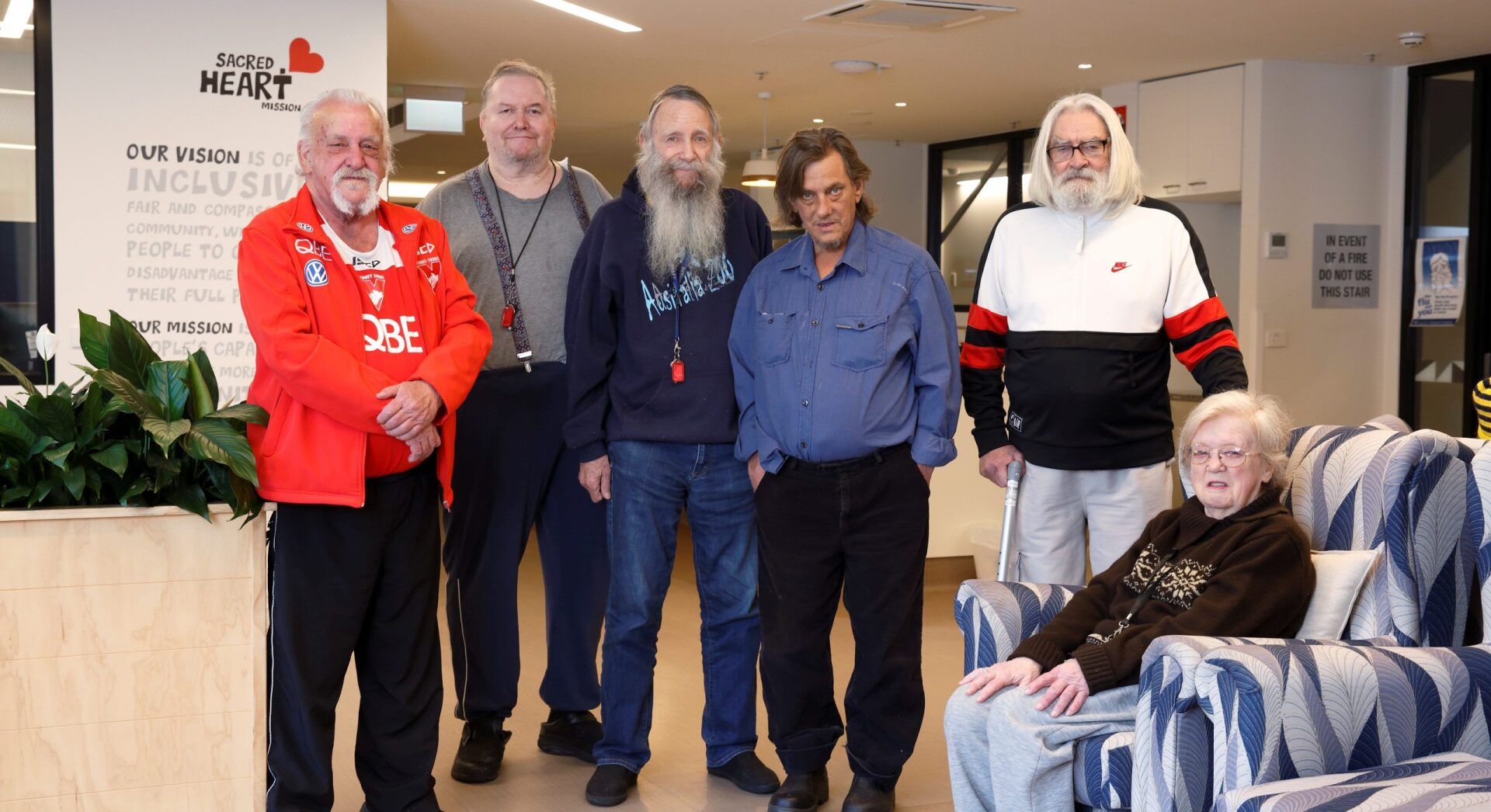
Slide title
Write your caption hereButton
Slide title
Write your caption hereButton
Building parish communities
Parishes create a place of community and provide laity with better opportunities to strengthen their faith.
Built in the late 1700’s the first Church in Australia housed approximately 500 parishioners on the weekends and was converted to a schoolhouse on weekdays. Since its establishment then, churches and parish communities have existed to bring people together and help us become modern disciples of Christ.
The Official Directory of the Catholic Church in Australia (2018 – 2019) states there are 1394 parishes across the nation. Parishes today aim to build communities of belongingness, where every member of the parish remains safe, supported, and empowered.
Across Australia, we have seen parishes not only become a place of spiritual connection but also offer support and care to those who have nowhere to go, house charitable activities to great degrees for those in need within Australia and across the world, and become places of commonality and safety for those new to the country or experiencing hardship.
Nazareth Parish, down near Torquay, has recently facilitated in bringing nearby Catholic schools together and creating an integrated community living in the booming towns of greater Geelong.
“We are dedicated to providing a safe and supportive environment for children and families of this coastal community to learn and to grow their faith. Although each of our schools and churches has a unique culture, our vision is that everyone feels part of the same Parish wherever they choose to live,” says Father Linh, Nazareth Parish priest.
From the shore of far west Melbourne to outer-city East, Our Lady Help of Christians Parish in Narre Warren, which is one of the most culturally diverse parishes in Australia with more than 60 different ethnic backgrounds, has seen communities of faith come together during the most difficult times in outstanding numbers. This included a community gathering of local Sri Lankan’s, family and friends, in the wake of the bombing attacks on the other side of the world.
“An essential part of any parish is providing people the opportunity to connect not just with God through prayer, but with each other through activities,” says Fr. Kevin Dillon of St. Simon’s Parish in Rowville.
By spreading our faith within the community, Catholics who internalise our teachings are inspired to show love and compassion to the people around them – in and out of the parish. They will be driven to help those in need, wherever and whenever they can.
Catholics today and those of the past have helped contribute immensely to our society, as it’s been in the past and as we know it today. The lasting implications remain today and are appreciated both by Catholics and non-Catholics who have forgotten the great doings of previous times and present.
In Australia, Catholic schools have provided affordable holistic education that has helped students develop strong values and skills that they can take with them as they grow.
Catholic health has seen the development of thousands of hospitals, clinics, and aged care homes to support the sick, the elderly, and the disabled.
Our common social services and charitable organisations who help the disadvantaged and vulnerable by providing food and accommodation and launched programs that empower people to rebuild their lives.
The abundance of parishes across the country who have brought people together and built communities where people feel safe, at home, supported, and included.
And, other Catholic organisations like CDF, who have helped bringing the Catholic sector and many of the buildings we see and use today for all of these purposes to life.
Reflections like this remind us of our faith and inspire us to continue to serve our neighbour in the ways that Christ has always taught and guided us to do.
CDF’s continuous support of Catholic institutions
As a financial institution, we have a rich history of contributing to providing more access to quality education, helping the sick and disabled and supporting society’s’ most vulnerable people over the past six decades.
CDF strongly serves the educational mission of the Church and has helped many parishes and schools develop throughout the years. More recently, through our services, we assisted in the funding of St. Mary Mackillop Catholic Primary School, which is the first-ever Catholic school of Bannockburn, a rapidly growing town 20km northwest of Geelong. We also helped fund Phillip Island’s very first Catholic school, Our Lady Star of the Sea Primary, which stands proud at the edge of the island’s main settlement, Cowes.
We recently assisted places of worship and parish communities, thrive to include greater numbers and provide areas of social connection. The new community centre at Our Lady Help of Christians in Narre Warren and the additional administration place, hall and toilet block at St. Simon’s Parish in Rowville are prime examples of faith in action in the community sector.
CDF has also provided financial assistance to many hospitals and health care agencies that create homes away from homes with warm and comfortable patient settings, such as the line of credit we provided for Cabrini’s seven-storey Grandel Wing which has transformed the hospital ward into one of wellbeing and healing.
We’ve also helped institutions like the John Pierce Centre, in fulfilling their mission to help and empower all Deaf and Hard of Hearing people and their families within Victoria.
Going further, CDF assisted VincentCare in constructing its $47 million Ozanam House redevelopment which offers hundreds of world-class accommodation dwellings to Melbourne’s most vulnerable and disadvantaged people.
Catholic organisations still exist today to provide love, help and protection where people need it most – they’ve been the cornerstone of our Australian evolution. Without them, our communities and societies would look very different today.
As they continue to grow and adapt, CDF remains committed to working with and supporting them to shape the Australia future generations are proud to call home.
Related articles
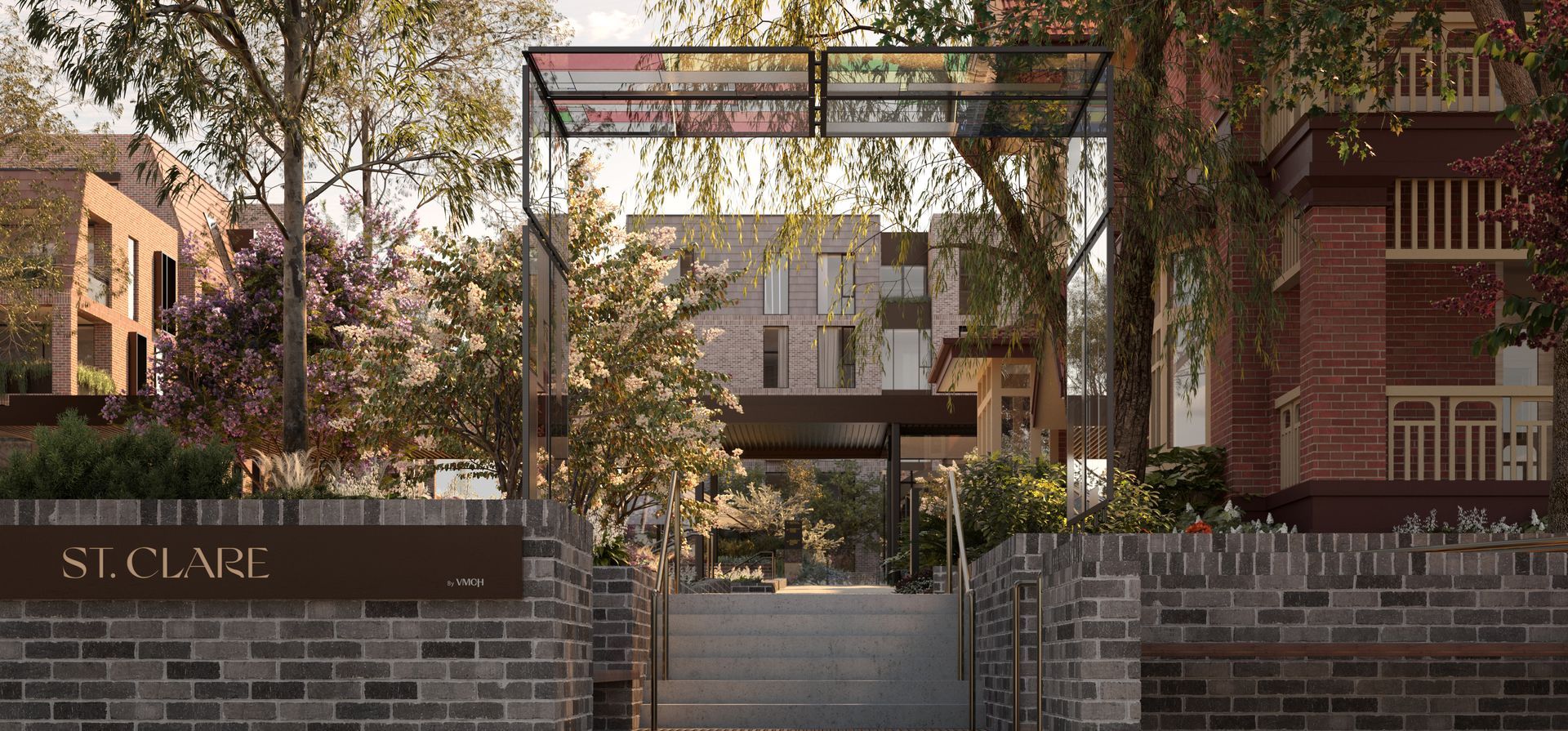
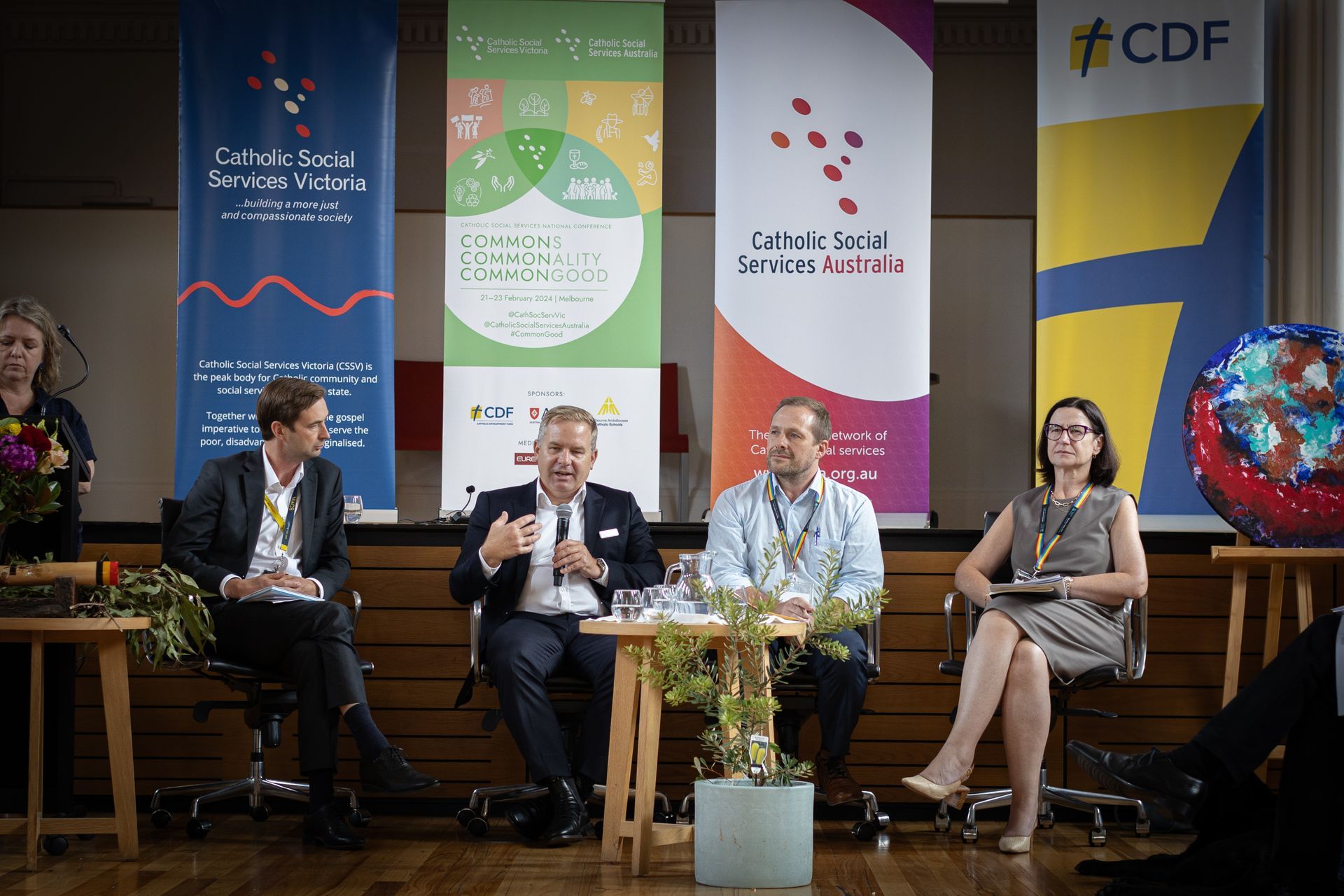
CDPF Limited, a company established by the Australian Catholic Bishops Conference, has indemnified the Catholic Development Fund ABN 15 274 943 760 (the Fund) against any liability arising out of a claim by investors in the Fund. In practice, this means your investment is backed by the assets of the Catholic Archdiocese of Melbourne. The Fund is required by law to make the following disclosure. Investment in the Fund is only intended to attract investors whose primary purpose for making their investment is to support the charitable purposes of the Fund. Investors’ funds will be used to generate a return to the Fund that will be applied to further the charitable works of the Archdiocese of Melbourne and the Dioceses of Sale and Bunbury. The Fund is not prudentially supervised by the Australian Prudential Regulation Authority nor has it been examined or approved by the Australian Securities and Investments Commission (ASIC). An investor in the Fund will not receive the benefit of the financial claims scheme or the depositor protection provisions in the Banking Act 1959 (Cth). The investments that the Fund offers are not subject to the usual protections for investors under the Corporations Act (Cth) or regulation by ASIC. Investors may be unable to get some or all of their money back when the investor expects or at all and investments in the Fund are not comparable to investments with banks, finance companies or fund managers. The Fund’s identification statement may be viewed here or by contacting the Fund. The Fund does not hold an Australian Financial Services Licence.



